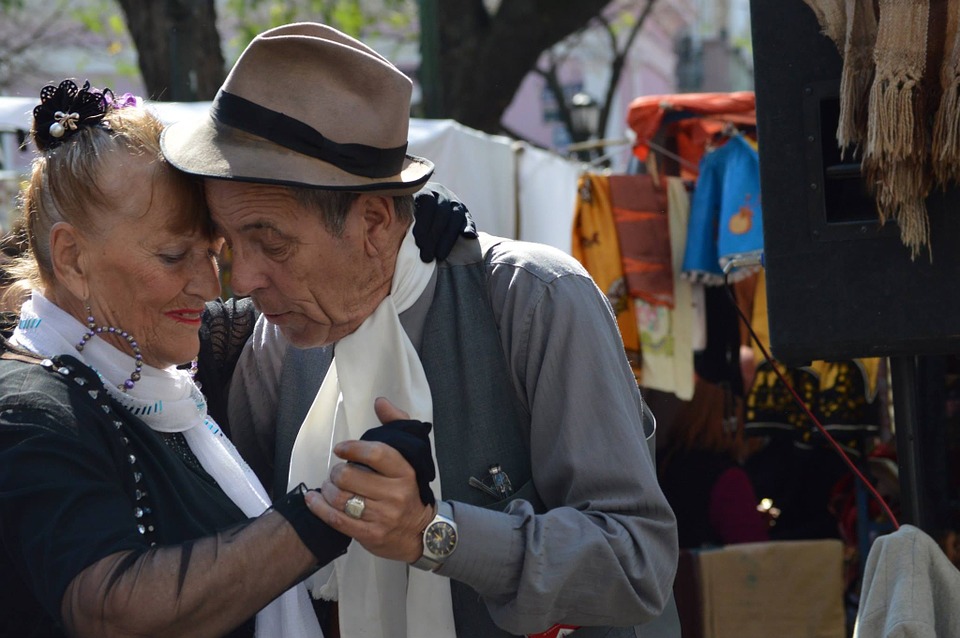Corruption, which can be defined as the abuse of public office for the sake of advancing private interests, is an all too common phenomenon in Latin America. The history of corruption in this region is deeply rooted and traces back to the colonial period. Some of the primary causes for this ongoing state of corruption are: poverty, inequality, illiteracy, democracy, and the media (Warf & Stewart, 2016).
The term “corruption,” in this context, refers to activities such as extortion, embezzlement, acceptance of bribes, inflation of payrolls, tolerance of smuggling, nepotism, the purchasing of votes and the sale of government contracts (Warf & Stewart, 2016). According to Ungar (2013), these activities are aggravated in Latin America by a deeply entrenched sense of impunity; that is to say, by the “well-founded and increasingly consensual belief that many sectors are beyond the reach of the law” (Ungar, 2013). The pervasiveness of corruption serves as a barrier to entry for otherwise legitimate seekers of political office who lack the required connections and access to the necessary funds for kickbacks and bribes (Warf & Stewart, 2016). This state of affairs effectively creates an “old boy club,” a self-perpetuating system of privilege in which only a select few individuals are able to attain the highest degrees of political, economic and social power. Thus, efforts to curb corruption face potentially insurmountable difficulties.
Latin America has a long history of corruption dating back to Spanish colonization. “The [corporate] system [at the time] rested on the exchange of economic and political rights for loyalty” (Warf & Stewart, 2016). While it is unclear whether the state of extreme inequality, which began at the turn of the 20th century, was inherited from the colonial period or heightened over the nineteenth century, it continues to persist to this day in spite of the growing democratization in the region (Warf & Stewart, 2016). In conclusion, hopefully anti-corruption efforts in the coming century will be met with more success than those in recent years.
REFERENCES
Ungar, Mark. (2013). The Rot Within: Security and Corruption in Latin America. Social
Research, 80(4), 1187-1212.
Warf, B., Stewart, S. (2016). Latin American Corruption in Geographic Perspective. Journal of
Latin American Geography, 15(1), 133-155.
